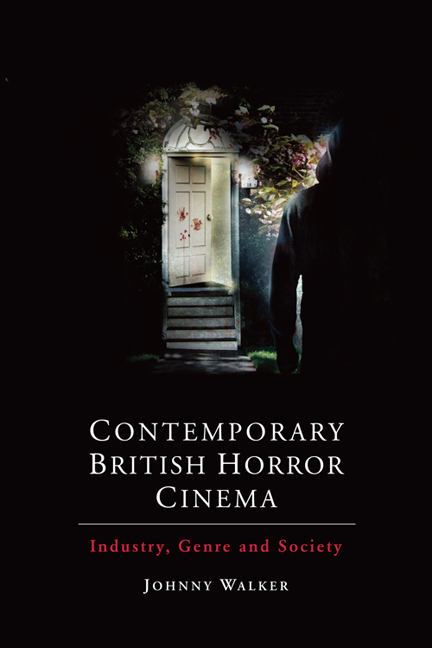Summary
From 6 until 10 August 2011 several English cities endured what is thought to have been the most significant social riots since those of Brixton, Birmingham and Toxteth in 1981, and Broadwater Farm in 1985 (Bloom 2012: 101). Beginning as a protest in Tottenham in response to a supposed race-related fatal police shooting of an alleged gang member, the initially peaceful demonstration soon spiralled into attacks on officers by gangs and opportunists. Rioting, violence and looting rapidly spread through England: first within the surrounding boroughs of London, and gradually throughout the Midlands (Tyler 2013: 179).
Whereas some have recognised that the ‘August Riots’ were ‘political’ and that they symbolised the plight of ‘disenfranchised young people’ in povertystricken areas (180), for others they represented a climax to already prevalent anxieties regarding alleged ruptures in the UK's social and moral fabric. Indeed, since 2004, the media and the government had frequently lamented what was purported to be a rise in street gang culture and ‘knife crime’. These phenomena were typically framed as results of the negative attitudes and antisocial actions of what right-wing scholar Charles Murray (1990) once recognised as a burgeoning ‘underclass’, which Imogen Tyler has summarised as ‘an adjunct class divorced from the body politic proper’ (2013: 184), and that has often been written about in terms of its excessiveness and abjection, a perceived unwillingness to work for a living, and having a taste for violence (Tyler 2013: 184). As was the case in the news reportage following the August Riots, young – largely working-class – people were often blamed for this downward turn, and were codified by the ‘uniform’ of sportswear and identity-concealing hooded sweatshirts.
The hooded youths in question – or ‘hoodies’ as they came to be known – and the threat of social disruption that they signified, were said by the press, the government and others to be products of ‘broken Britain’. According to Conservative Prime Minister David Cameron in the wake of the Riots, ‘broken Britain’ constituted a country divided by conflicting morals, where ‘people [show] indifference to right and wrong … people with a twisted moral code…people with a complete absence of self-restraint’ (Cameron cited in Stratton 2011).
- Type
- Chapter
- Information
- Contemporary British Horror CinemaIndustry, Genre and Society, pp. 85 - 108Publisher: Edinburgh University PressPrint publication year: 2015



